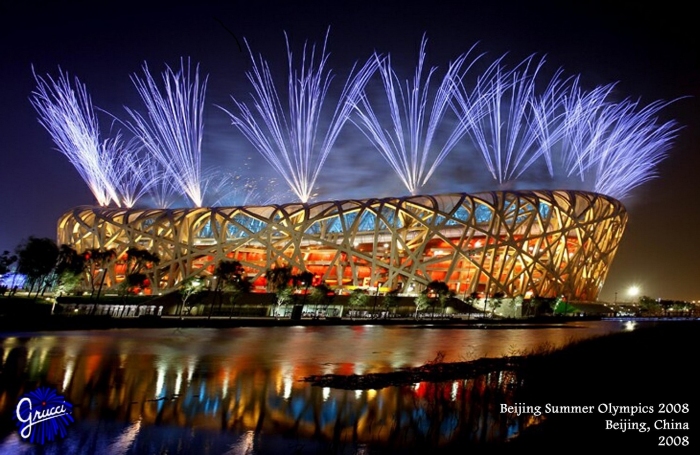Ever since I was a kid growing up, China has embedded itself in my head as a mass producer of sorts—making what seemed like almost everything I encountered. From all of the toys, clothes, plasticware—you name it—this was my personal image of China. As I was reading the article, diving into more of the image China has placed in everyone else's heads of the country, I realized that the first time I heard about Beijing was the olympics it was associated with and all of the amazing athletes I witnessed through my television watching with my parents. As the article stated, the olympics was a stage in which China showcased its “economic technological, cultural, social, and environmental achievements to the rest of the world,” and from what I have witnessed, they did not let that opportunity go to waste (Latham, 25). And the reason that China is so successful is due to its national image. With the influence of culture, political values, and foreign policies from its soft powers, they were able to build up to where they are today. However, from the late 1950s to the late 1970s, the result of the Communist Party of China coming into power led the country to a downward spiral in terms of its national image. Because of this, Beijing adopted a strategy called the you Zhongguo tese de duiwai xuanchuan (foreign publicity with Chinese characteristics) to bring up this image. They added more cultural initiatives (e.g. sponsoring student exchange programs, etc.) to increase mutual understanding between countries, strengthened its media by allowing other foreign countries to report on China with supervision from the Chinese government, increased its technological platform through the internet and phones, and much more to boost its cultural attractiveness. However, they could still improve on its political credibility and revival of popular nationalism. Overall, China's contribution to the globalization process as an open-door country allowed it to be what it is today and I plan to take what I evaluated off the presentation of China to other countries as well.

References:
Beijing China Olympics - Google Search. https://www.google.com/search?rlz=1C5CHFA_enUS789US789&biw=718&bih=789&tbm=isch&sa=1&ei=YttjXKaRAojc_wT7_66QBQ&q=beijing+china+olympics+&oq=beijing+china+olympics+&gs_l=img.3..0i30.10080.16568..17557...1.0..0.222.919.11j0j1......1....1..gws-wiz-img.......0j35i39j0i67j0i5i30j0i8i30j0i8i10i30j0i24.qrqdqj8GID8#imgrc=vT_kFHq_ofyDaM: Accessed 10 Feb. 2019
Kevin Latham (2009). Media, the Olympics and the Search for the “Real China”. The
China Quarterly, 197, pp 25-43 doi:10.1017/S0305741009000022
Sheng Ding. “Branding a Rising China: An Analysis of Beijing’s National Image Management in the Age of China’s Rise.” Journal of Asian and African Studies, vol. 46, no. 3, June 2011, pp. 293–306. Crossref, doi:10.1177/0021909611405830.
No comments:
Post a Comment